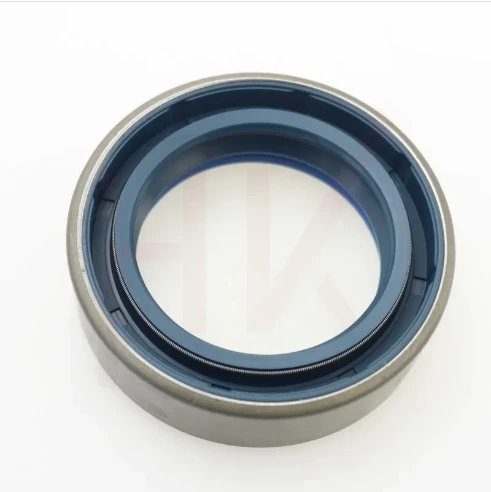Oct . 07, 2024 20:47 Back to list
piston wiper ring
Understanding Piston Wiper Rings Their Importance and Functionality
Piston wiper rings, often referred to as scraper rings, are essential components in various types of reciprocating machinery, primarily found in hydraulic cylinders and internal combustion engines. Their primary role is to prevent contamination of lubrication systems and to maintain optimal performance by reducing friction. Understanding the significance and functionality of these rings can provide insights into their critical role in mechanical systems.
The function of a piston wiper ring is to wipe any contaminants off the piston rod as it travels in and out of its cylinder. Contaminants such as dust, dirt, and moisture can significantly affect the performance and longevity of hydraulic systems. When these foreign particles enter the lubrication system, they can cause wear and tear, leading to potential failures and costly repairs. Thus, the integration of a wiper ring ensures that these contaminants are kept at bay, effectively protecting the internal components of machinery.
Piston wiper rings are designed with specific geometries that allow them to function effectively. Typically, these rings are made of high-quality materials known for their durability and resistance to wear, such as polyurethane, nitrile, or Teflon. The choice of material largely depends on the application and operating conditions, including temperature, pressure, and the type of fluid involved. For instance, in applications subject to high heat and aggressive chemicals, a Teflon wiper ring may be preferred for its superior resistance to thermal degradation.
piston wiper ring

The installation of wiper rings must also be conducted with precision. They are often installed in a groove on the piston or cylinder head, where they maintain close contact with the rod. This contact is crucial, as it enables the ring to effectively scrape off contaminants while allowing for optimal movement of the piston. However, if the wiper ring is too tight, it can create excessive friction and lead to increased wear, while a loose fit may fail to provide adequate sealing, allowing dirt and moisture to enter.
Another vital aspect of piston wiper rings is their role in maintaining pressure within the system. A well-functioning wiper ring contributes to the overall sealing of hydraulic systems, ensuring that the pressure needed for effective operation is maintained. This sealing capability is critical in hydraulic applications, where even slight pressure drops can lead to performance issues.
Regular maintenance and inspection of piston wiper rings are essential for ensuring their longevity and functionality. Signs of wear, such as cracking, tearing, or hardening, signal that replacement is necessary. Neglecting worn wiper rings can lead to a range of problems, including system leaks, reduced efficiency, and ultimately, machinery failure.
In conclusion, piston wiper rings may appear to be small, inconspicuous components, but their impact on the performance and efficiency of machinery is substantial. By preventing contamination and maintaining pressure, they play a pivotal role in ensuring the reliable operation of hydraulic systems and engines. Understanding their importance equips engineers and operators with the knowledge needed to maintain these critical components effectively, ultimately leading to enhanced machinery performance and longevity.
-
TCN Oil Seal Metal Ring Reinforcement for Heavy Machinery
NewsJul.25,2025
-
Rotary Lip Seal Spring-Loaded Design for High-Speed Applications
NewsJul.25,2025
-
Hydraulic Cylinder Seals Polyurethane Material for High-Impact Jobs
NewsJul.25,2025
-
High Pressure Oil Seal Polyurethane Coating Wear Resistance
NewsJul.25,2025
-
Dust Proof Seal Double Lip Design for Construction Equipment
NewsJul.25,2025
-
Hub Seal Polyurethane Wear Resistance in Agricultural Vehicles
NewsJul.25,2025
-
The Trans-formative Journey of Wheel Hub Oil Seals
NewsJun.06,2025
Products categories
















